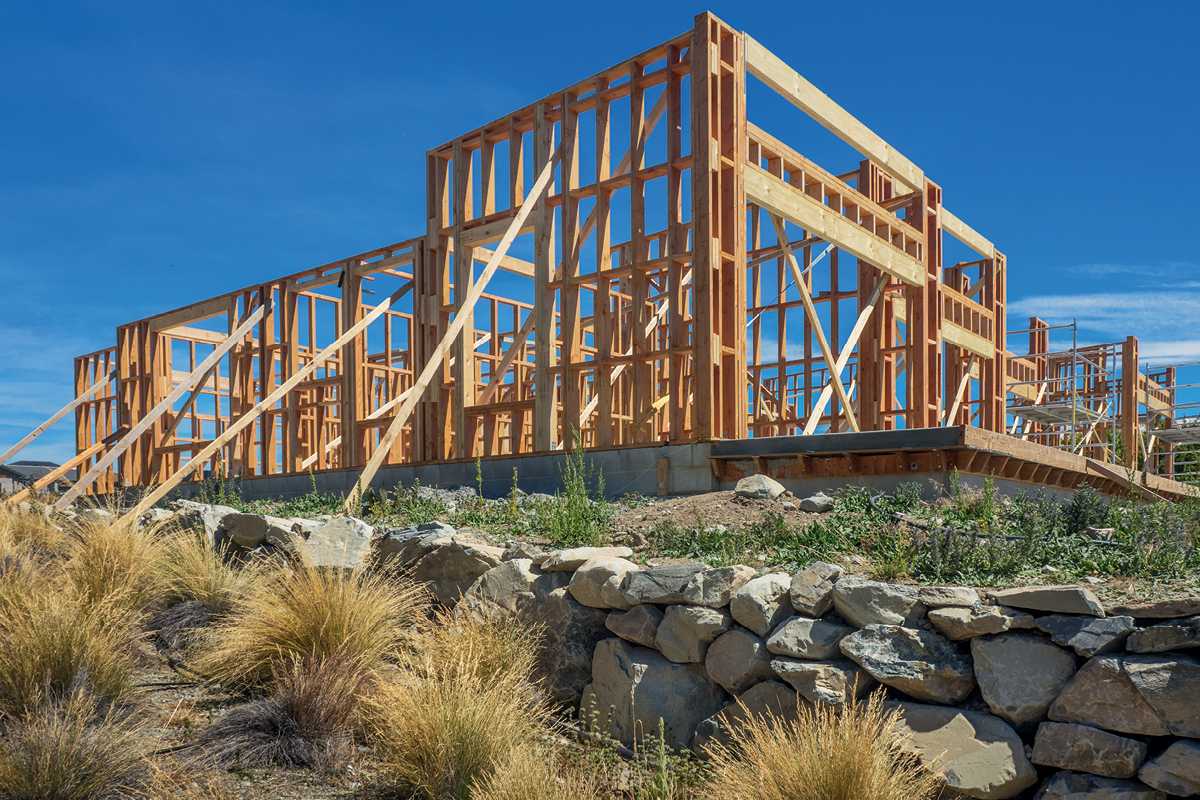
What's Driving House Prices?
Houses and more under $500,000 houses sold in January than in December.
1 March 2016
National Picture
Inevitably, Auckland’s slowdown impacted on the national data for January. QV, Trade Me Property, Realestate.co.nz and REINZ all recorded decreases in national values and average asking prices.
The QV data shows the average nationwide value is down by 0.3% from December, which leaves it at $556,206. This is an increase of 12.6% over the past year, but of just 0.7% over the past three months.
Head of Trade Me Property Nigel Jeffries says the average asking price of a property in New Zealand fell to $541,900 between December and January. “We’ve now seen three consecutive falls in average asking prices across November, December and January,” Jeffries says. “In January average asking prices fell by 2%, compared with December, although they were up 9% on a year ago.”
But activity in the regions is still showing the influence of the halo effect, in Milne’s view. “Once Auckland is taken out of the equation, sales volumes were up 14.5% on January 2015 and up 21.7% on a seasonally adjusted basis.”
Ten regions recorded increases in sales volumes, as compared to January 2015. Further, new record national median prices were hit in Hawke’s Bay and Taranaki, with Canterbury/Westland equalling its record median set in April 2015.
Regional Stars
Some regions turned in particularly strong performances.
Central Otago house prices overtook Auckland’s, according to Realestate.co.nz. The average asking price soared to $861,723 in January 2016. This is an increase of 4.5% from the region’s previous high of $824,394 set in December.
Bay of Plenty is another star performer. It became only the fourth region in the country to break the $500,000 ceiling on Realestate.co.nz, with a new average asking price of $501,961. Trade Me Property has the region powering ahead with a rise of 12.2% in average asking prices over the past 12 months.
After a long period of stagnation,
Wellington also appears to be making a comeback. QV’s data shows the capital’s values are now accelerating at a pace not seen since before the 2007 market peak. Wellington’s values have risen 4.6% over the past three months and 5.9% year-on-year, leaving the average value across the wider region at $482,716. “There is massive interest in Wellington,” Rush says. “And there’s a shortage of properties listed for sale with listing levels only half what they were this time last year.”
Auckland To Rise Again
Pullback from the new tax and LVR measures, along with seasonal factors, seem to be the major contributors to Auckland’s cooler market. For this reason, some observers are not convinced the SuperCity slowdown will continue for a long time.
BNZ chief economist Tony Alexander says the Auckland market is suffering from none of the things that cause house prices to fall dramatically – quite the reverse. It has strong population growth, limited housing supply and low interest rates in the mix.
In his view, the fall in Auckland prices might continue in the short-term, but the city’s fundamentals point to prices steadying, then rising again – although nowhere near the pace of mid-2015. “These fundamentals centre around a booming population, while the existing housing shortage is still worsening because construction is well below the levels required,” Alexander says.
Alexander thinks this means investors will be returning to Auckland once the current run of regional growth peters out, perhaps early next year.
He warns that, unlike Auckland, many other parts of the country have an over-supply. “If you are an Auckland investor jumping boots and all into the regions buying what you consider to be cheap properties with good yields be very, very careful.”
Part of the New Zealand housing market story at the moment, however, is the pullback from Auckland, he says. “And this regional strength is likely to continue all year given the low interest rate environment."


